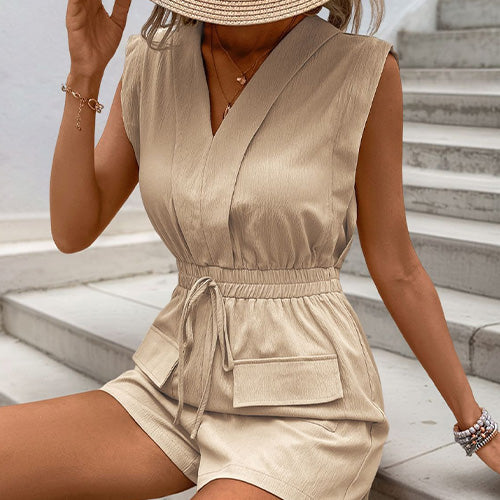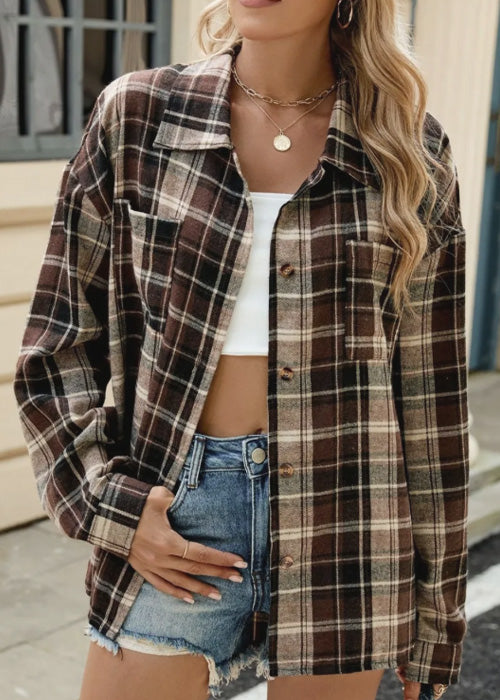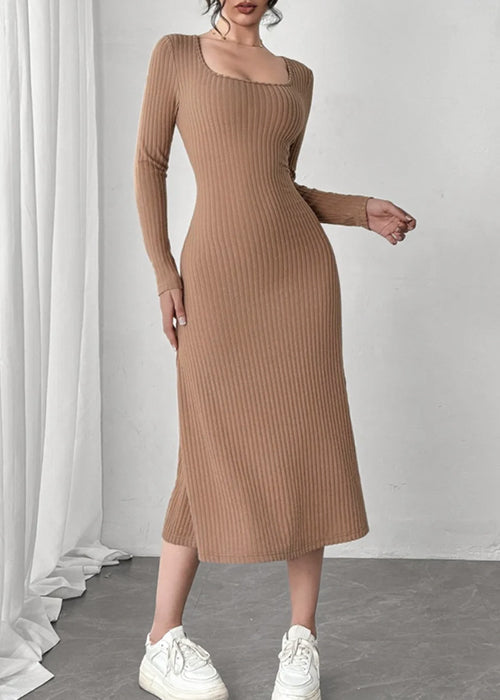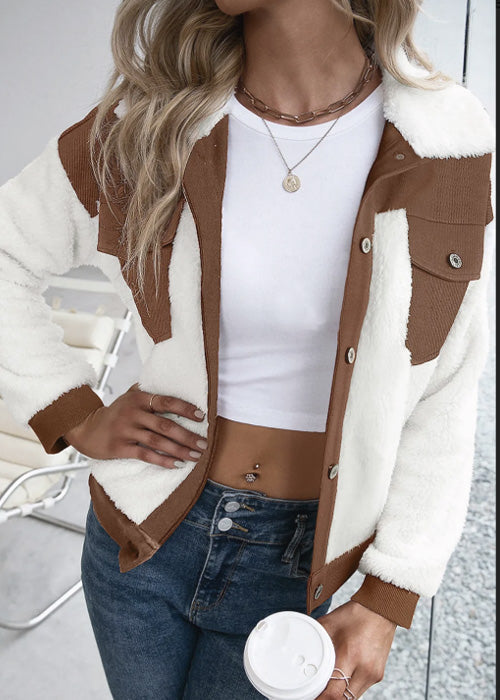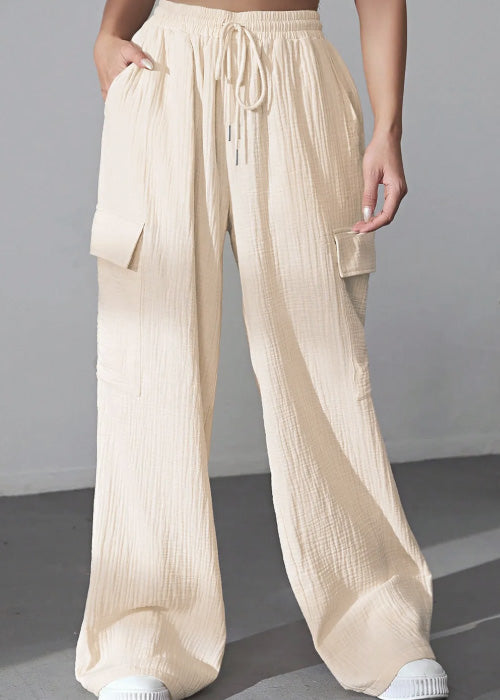What is Fleece Fabric? A Complete Guide to Types, Uses, and Care
Fleece fabric is a versatile and highly popular textile known for its warmth, softness, and lightweight properties. It is widely used in winter clothing and outdoor wear due to its ability to provide insulation without the bulk of heavier fabrics. In this guide, we’ll dive into the history, types, uses, and care tips for fleece fabric, showing why it’s a must-have in your wardrobe.
What is Fleece Fabric?
Fleece is a synthetic fabric typically made from polyester fibers, although there are variations using natural fibers like wool. The fabric is designed to mimic the insulating properties of wool but with the added benefits of being lightweight, soft, and easy to care for. Fleece fabric is brushed to create a soft, fluffy texture that traps air, providing warmth without the weight of traditional fabrics.
History of Fleece Fabric
Fleece fabric, as we know it today, was first created in the 1970s by engineers looking for a lighter, more breathable alternative to wool. It was initially used for outdoor gear, as it was cheaper and easier to care for than wool. The fabric quickly gained popularity, and by the 1990s, fleece had become a staple in casual wear, particularly jackets, hats, and sweaters. Today, fleece is used in everything from activewear to home textiles.
Types of Fleece Fabric
There are several types of fleece fabric, each with unique qualities. Let’s look at the most common types:
1. Polyester Fleece
- Polyester fleece is the most commonly used type of fleece fabric. It is made from synthetic polyester fibers, making it soft, durable, and quick-drying. This type of fleece is highly breathable and lightweight.
- Uses: Jackets, hoodies, blankets, and activewear.
2. Microfleece
- Microfleece is a thinner, lighter version of fleece fabric. It has a fine texture and is incredibly soft to the touch. While it doesn't offer as much warmth as thicker fleeces, it still provides comfort without adding bulk.
- Uses: Lightweight jackets, layering pieces, and indoor clothing.
3. Polar Fleece
- Polar fleece is a thicker, warmer variation of fleece, making it ideal for cold weather. It is typically used in heavier outerwear, providing superior insulation while remaining lightweight.
- Uses: Winter jackets, blankets, hats, and mittens.
4. Sherpa Fleece
- Sherpa fleece mimics the look and feel of sheepskin wool. It is made with a dense, fluffy texture that provides extra warmth. This type of fleece is often used for lining jackets, coats, and slippers.
- Uses: Coats, jackets, slippers, and throws.
5. Blended Fleece
- Blended fleece combines polyester with other materials like cotton or wool for added comfort and warmth. These blends can be used to create fabrics with enhanced stretchability or softness.
- Uses: Sweaters, sweatpants, and casual wear.
Uses of Fleece Fabric
Fleece fabric is used in a wide range of garments and products, especially for cold-weather wear. Some of the most popular uses include:
- Jackets and Outerwear: Fleece is commonly used in lightweight jackets, coats, and vests because it provides insulation without added weight.
- Activewear: Thanks to its moisture-wicking properties, fleece is often used in sportswear and outdoor activity gear.
- Blankets and Throws: Fleece fabric makes for soft, cozy blankets, perfect for chilly evenings.
- Hats and Gloves: Fleece is also popular for making hats, mittens, and scarves due to its warmth and lightweight nature.
- Slippers and Footwear: Soft fleece lining is used in slippers, boots, and shoes to provide extra comfort and warmth.
Advantages of Fleece Fabric
Fleece fabric is highly favored for its numerous benefits. Here are some key advantages:
- Warmth without Weight: Fleece is designed to provide warmth without being heavy, making it an excellent alternative to bulky winter fabrics.
- Softness: Fleece feels incredibly soft against the skin, making it comfortable for all-day wear.
- Breathability: Unlike many other insulating fabrics, fleece allows for air circulation, helping to regulate body temperature.
- Quick-Drying: Fleece fabric dries quickly, making it ideal for outdoor gear and activewear.
- Durability: Fleece is known for being long-lasting and resistant to wear and tear, especially when compared to natural fabrics like wool.
Disadvantages of Fleece Fabric
While fleece offers many benefits, it does have a few downsides to consider:
- Pilling: Fleece, particularly low-quality versions, can pill over time, especially in areas that experience friction.
- Environmental Impact: Since fleece is made from synthetic materials like polyester, it can contribute to microplastic pollution when washed.
- Not as Breathable as Natural Fabrics: Although fleece is breathable, it doesn't offer the same level of moisture-wicking properties as natural fibers like wool or cotton.
How to Care for Fleece Fabric
To keep your fleece garments looking fresh and functioning at their best, follow these care tips:
1. Washing
- Machine wash fleece in cold water to prevent it from shrinking. Avoid using bleach, as it can damage the fabric’s fibers.
- Wash fleece items inside out to protect the soft exterior from abrasion.
2. Drying
- Air dry fleece garments whenever possible. If you must use a dryer, opt for a low heat setting to prevent shrinkage and pilling.
- Avoid drying fleece in direct sunlight, as this can cause fading.
3. Ironing
- Fleece generally doesn’t require ironing. If needed, use the lowest heat setting to avoid damaging the fabric.
4. Storage
- Store fleece garments in a cool, dry place. Avoid overcrowding in your closet to prevent the fabric from losing its shape.
- If you’re storing fleece for a long time, fold it neatly instead of hanging it.
Conclusion
Fleece fabric is a versatile and comfortable textile that provides warmth without bulk. Whether you’re looking for a cozy winter jacket, a soft blanket, or comfortable outdoor gear, fleece is the perfect material. With its soft texture, breathability, and durability, fleece fabric continues to be a go-to option for both casual and activewear. Following proper care tips will help you extend the life of your fleece garments and keep them looking great for years to come.
